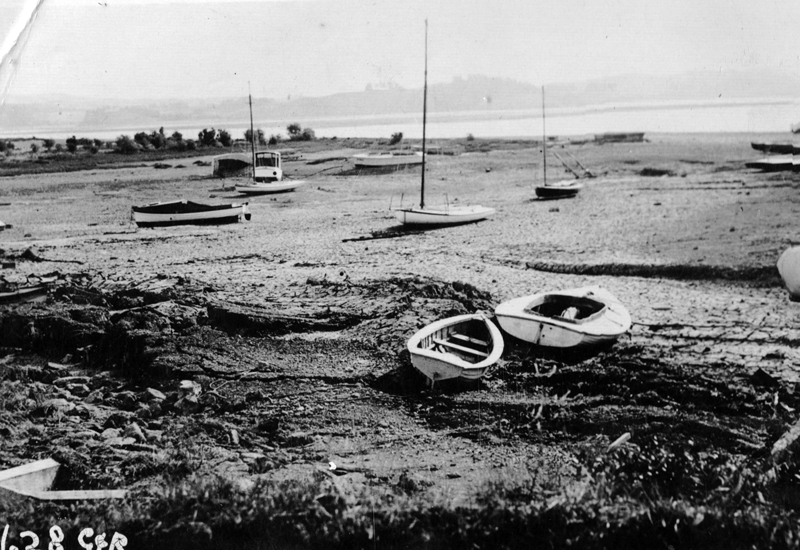The earthquake that struck on February 3 1931 was a major event in the history of the whole area; causing widespread devastation and panic, and substantial loss of life. It also inadvertently resulted in today’s Art Deco look to Napier by requiring much rebuilding to be done in a short time – which was of course designed in the aesthetics and style of the day. Much of Napier and Hastings lay in ruin of rubble and twisted earth.
In its aftermath, makeshift dwellings and facilities for services and utilities had to be constructed, and emergency hospitals and first aid posts erected as far afield as Waipukurau, Dannevirke and Palmerston North. Trains, private vehicles and even a few private small aeroplanes were requisitioned, and local and national public services, the armed forces and private citizens alike all mucked-in to help.
At the Port, young Jim Blundell observed the quake from the habour where he was on a lighter boat with his father. He saw the nurses home at the hospital on the hill collapse. Large areas of development and roading were destroyed along the waterfront. Large holes and cracks had appeared everywhere. As well, there was a great deal of rubble.
At the Port School, chimneys came down, crockery was smashed, blackboards were tipped over and everything left in a shambles. The teachers marched the kids to a nearby vacant section to avoid the possibility of anything falling on them. Water, the regular supply of which had been disrupted, was found by lowering a bucket into a water tank at the railway.
Adding to the wholesale devastation, in that short instant of the earthquake, the shape and topology of the Port had been changed for ever. Large tracks of earth had risen up out of the sea, and areas of muddy seabed strewn with dying (and soon rotting) fish now replaced places that had previously been water.












